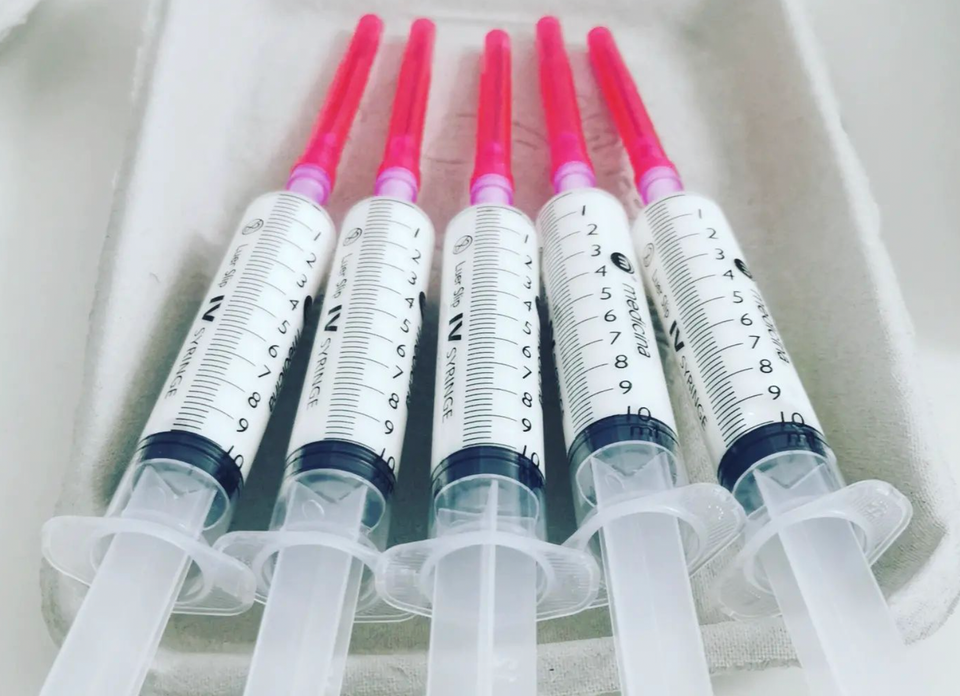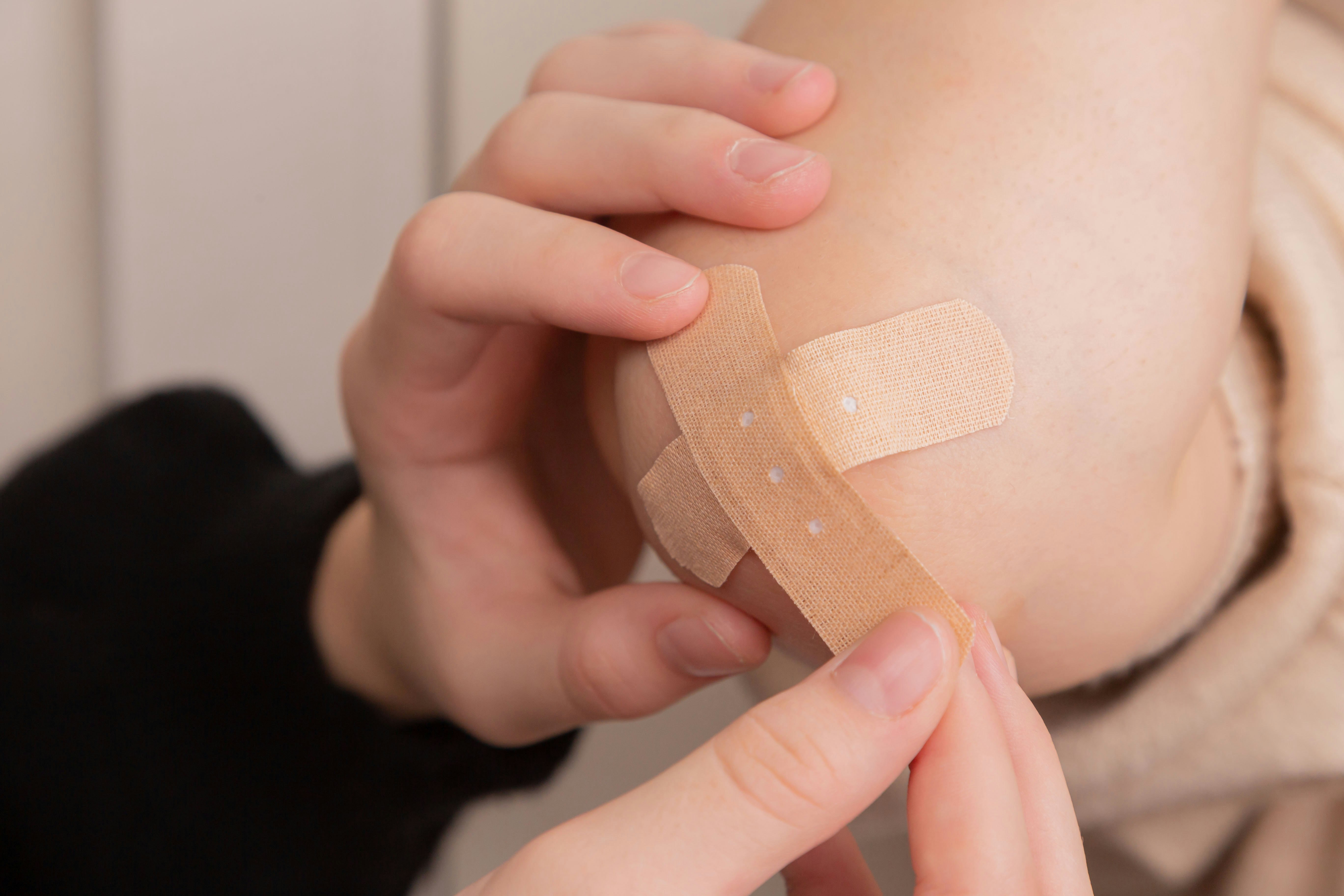Ketofol

Podcast episode
We really like Ketofol
One of our favourite things about anaesthesia is that it is truly a craft, where you gradually hone and refine a unique skillset as you progress through your career, working out how you like to do things, and building what you can refer to as 'your anaesthetic'.
The drugs you like and the equipment you prefer; it all becomes part of your artwork with the sole aim of producing a safe and comfortable patient on the other side of whatever it is they're having done.
When the ODP says 'ah yes, Dr Anaestheasier likes to do this...', that's when you know you've made it.
Ask any anaesthetist to try and emulate another's technique and they'll likely refuse - I can't make it work - there's too much nuance and subconscious tweaking and adjustment in anaesthesia, that you won't even realise that you're doing it, but when someone else tries to copy your finely-honed technique, you'll realise how much you've learned.
Having said that - feel free to try using ketofol next time you're doing... well - anything really.
Why we love it
So here's a quick demo case discussion to show how we use it and why we love it:
- 32 year old 80kg female with closed distal tib/fib fracture needing reduction and plaster application in the emergency department
- AAGBI monitoring (obviously), procedural sedation checklist, emergency drugs and airway equipment at the ready
- Capnography facemask with 6 litres oxygen running
- Drew up a 50:50 mix ketofol - 10ml 1% ketamine and 10ml 1% propofol
- Plus a little fentanyl (one 100mcg 2ml vial) just for extra analgesia
- The patient was in a lot of pain already, so gave two lots of 25mcg fentanyl around 2 mins before starting while the plaster technician was measuring up
- Then gave 10ml of the ketofol, waited for the heart rate to go up and then down again (40 seconds or so) and then checked no response to voice
- Told the orthopods to get cracking (literally)
- Top up doses of 2ml every 3-5 mins after
The patient remained haemodynamically stable, breathing, and very comfortable throughout, and woke up giggling.
What the ketamine adds
- Analgesia
- Cardiac stability
- Airway reflexes maintained
- Patient keeps breathing
What the propofol adds
- Smoother emergence
- Less drooling (due to less ketamine being used)
- Quicker onset and offset
- Less hypertension and tachycardia
- Antiemetic
Some useful pharmacology for the exam
Ketamine
- Phencyclidine derivative
- Sedation, analgesia, and induction of general anaesthesia
- Hypnotic, amnestic, and analgesic effects
- Dissociative anaesthesia via electrophysiological dissociation between the cortical and limbic systems
- Ketamine is water soluble and fat soluble
- IV, IM, PO, PR, Nasal routes available
- Onset of action 1min (IV), 5min (IM) and 30min (PO)
- Distribution half-life 10 to 15 min
- Elimination half-life is 2 to 3 h
- 12% protein bound
- Rapidly crosses blood brain barrier
- Acts on N-methyl-D-aspartate (NMDA), non-NMDA glutamate, nicotinic, muscarinic, cholinergic, monoaminergic, and opioid receptors
- Maintains airway reflexes and spontaneous respiration
- Stimulates salivation, airway secretions and is emetic
- Emergence phenomena and hallucinations
- Sedation 0.5-1mg/kg
- General anaesthesia 1-2mg/kg
Propofol
- 2, 6-diisopropylphenol
- Sedation, induction, and maintenance of general anaesthesia
- Stimulates inhibitory GABA receptors
- IV only
- Onset after 30-60s
- Metabolised in the liver and renally excreted
- Hypotension, vasodilatation and bradycardia
- Respiratory depression
- No analgesia
- Stings on injection
- 0.5-1mg/kg for sedation
- 2-3.5mg/kg for anaesthesia
I asked ChatGPT to write a poem extolling the virtues of ketofol, and it's kind of awesome:
Kindled in the realms of sleep, where gentle shadows creep,
Ethereal is the blend, Ketofol, our soothing friend.
Together, they balance the art, Propofol and Ketamine play their part.
Offering solace in procedural scenes, from minor tests to major means.
For when the mind begins to wake, Propofol's calm does overtake.
On Ketamine's robust frame, blood pressure steadies, holding the same.
Lauded as a balanced crew, in sedation and surgeries too.
Feel free to peruse a little more about sedation here

Here's a useful twitter thread
I've been using ketofol for conscious sedation more lately. I'm a fan! The sedations are pretty smooth. Anyone with tips/tricks? pic.twitter.com/ylZGLSGlbN
— Jessica K. Willett, MD (@jkwillettmd) October 9, 2017
